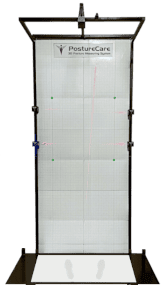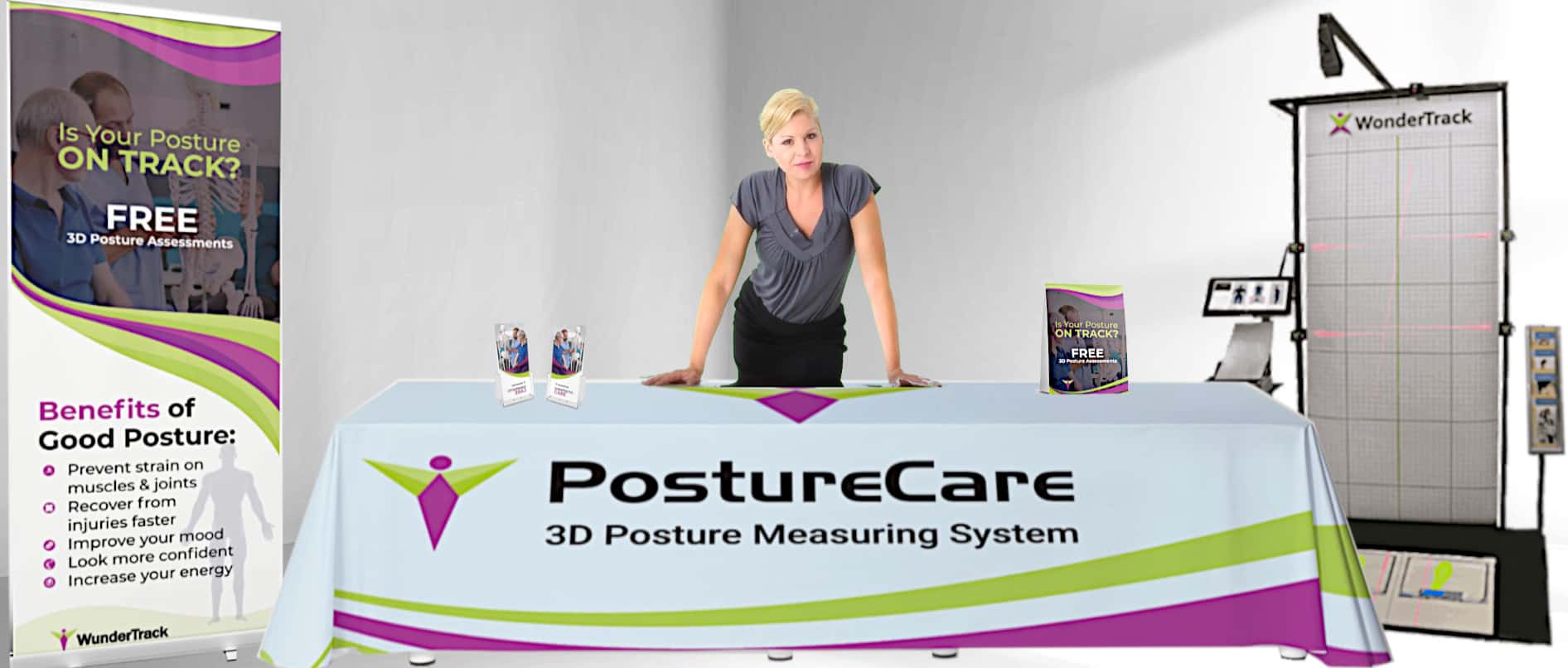Key Points from “8 Simple Steps to a Better Posture: A Guide to Healthy Habits”
Step 1: Keep Your Head Up
- Keep your head in line with your shoulders and avoid leaning forward
- Use a phone stand or bring your phone to eye level to avoid bending your neck
Step 2: Engage Your Core
- Tighten your abdomen muscles to improve posture and support your lower back
- Try exercises like planks and bridges to strengthen your core
Step 3: Relax Your Shoulders
- Avoid hunching or tensing your shoulders
- Take breaks to stretch and roll your shoulders to release tension
Step 4: Keep Your Feet Grounded
- Stand with your feet hip-width apart and distribute weight evenly
- Wear comfortable shoes with good arch support
Step 5: Adjust Your Chair and Desk
- Sit with your back against the chair and adjust the height to keep feet flat on the ground
- Adjust your monitor to eye level and position keyboard to keep wrists straight
Step 6: Take Breaks and Move Around
- Avoid sitting or standing in the same position for prolonged periods
- Take breaks to stretch, walk around, or do exercises
Step 7: Stretch Regularly
- Stretch to improve flexibility and reduce muscle tension
- Focus on stretching chest, neck, shoulders, and hamstrings
Step 8: Sleep on Your Side or Back
- Avoid sleeping on your stomach to prevent strain on your neck and back
- Use a supportive pillow and mattress to maintain neutral position
Hot Take
Remember, good posture isn’t just about looking good – it can also improve your physical health and overall well-being. So, stick to these simple steps and embrace your best, most confident and healthy self. After all, a healthy spine leads to a happier life!

















